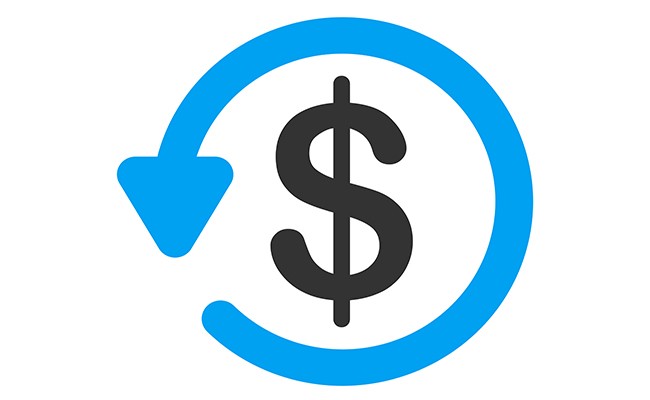Preventing the Dreaded Chargeback After the Holidays

Blog
Tis the season to make sales!
There’s excitement in the air this time of year, especially for merchants, gearing up to break last year’s sales record. The holidays bring eleventh-hour sales that help businesses reach, or surpass, their annual sales numbers.
Keeping the celebration going into the new year can be a difficult and disappointing task. Especially, if steps weren’t put in place to manage chargebacks.
According to risk-management provider Verifi “Chargeback volumes [among its clients] can increase by as much as 50 percent during the holiday-shopping season.” Thus, since chargebacks are the albatross everyone wants to ignore, but can’t, it’s only smart business to address them proactively.
Fundamentally, chargebacks can be broken down into two groups: Fraud and Customer.
Chargebacks due to fraud…
Fraud chargebacks occur when you, the merchant, are maliciously attacked. The offending party is looking to steal products using stolen credit card data or compromised consumer information. With the number of data breaches that are being reported annually, it has become a bit more difficult to identify purchases as valid or non-valid up-front.
Use this short check-list to evaluate your ability to defend against fraud:
- Do you track velocity?
- Do you use an address verification system (AVS)?
- Does your payment processor validate orders at POS or after the sale?
- Does your website have the most up-to-date encryption on the purchase page?
- Do you have a dedicated fraud prevention specialist for reviewing sales that “just don’t make sense”?
Customer chargebacks…
Customer chargebacks occur when a customer places a valid order, but disputes the charge. These types of chargebacks can hurt your bottom line, but are most detrimental to positive brand recognition. As many a wise man has said “One bad review erases a thousand at-a-boys.”
These are some of the more common customer chargebacks:
- Services not rendered/not as described
- Non-receipt of merchandise
- Credit no processed
- Cardholder does not recognize
Use the following checklist to help prevent these types of customer chargebacks
- Provide exactly what was purchased
- This might seem obvious – but there have probably been occasions where inventory was depleted, but the order had to ship in order to arrive by Christmas! Substituting a similar, or even better, product, is not providing what was purchased – despite your good intentions.
- For orders placed online – make sure that the colors displayed are the exact colors you offer. Ecru isn’t the same as eggshell. Color is only an example – size, dimension and weight are other attributes that must be provided exactly as described.
- Ship the product(s) where the customer specifies. Make sure the shipping and billing addresses are valid.
- If the customer wants a credit and you haven’t shipped the order – credit the transaction. Don’t haggle over “handing or processing fees.”
- If the customer wants a credit and agrees to return the product(s), provide the credit once the product(s) is returned.
- Make sure you notify the customer what to expect on their credit card or bank statement. Simply add a note to the invoice (physical or digital) displaying your company name as it will appear on their statement.
These simple preventative measures are relatively inexpensive and can save you money – and your positive merchant reputation – during the most wonderful time of the year.
Happy Holidays!
